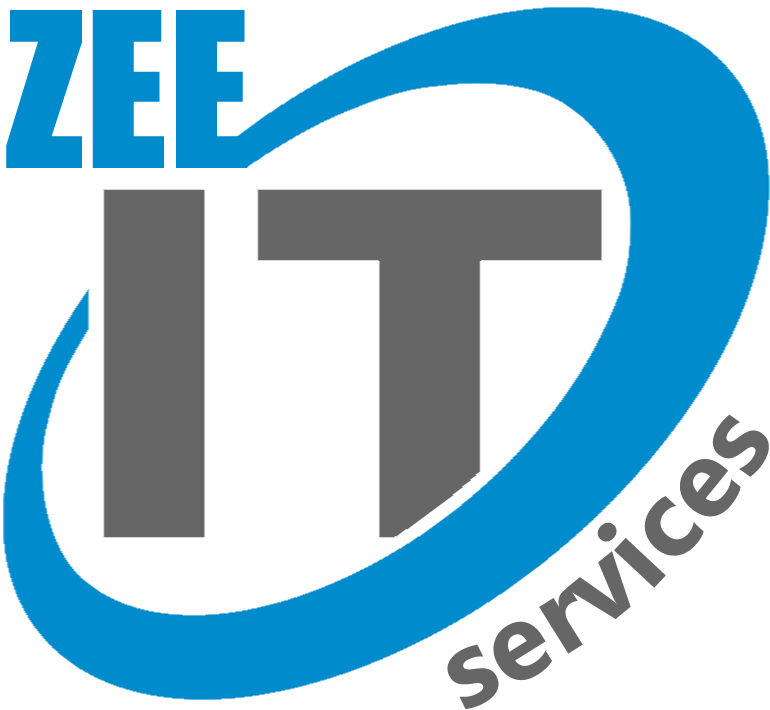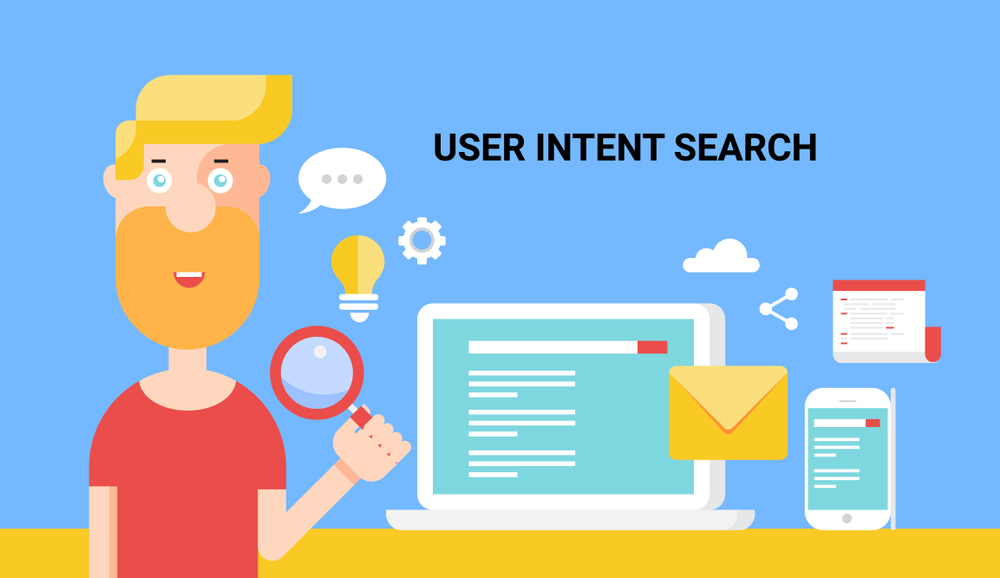In the ever-evolving world of search engine optimization (SEO), understanding user intent is crucial for effective keyword targeting. Gone are the days of simply stuffing web pages with keywords in hopes of ranking high in search engine results. Today, search engines prioritize delivering the most relevant and valuable content to users based on their search queries. This is where user intent comes into play. By deciphering the intent behind user searches, website owners and SEO professionals can optimize their content to meet the needs of their target audience and improve their search engine rankings.
What is User Intent?
The fundamental goal or motive behind a user’s search query is referred to as user intent. It goes beyond the specific keywords used and delves into the user’s desired outcome or information. By understanding user intent, businesses can provide more relevant and targeted content to meet users’ needs.
Importance of User Intent in SEO
User intent plays a pivotal role in SEO for several reasons:
Higher Relevance and User Satisfaction
Aligning content with user intent ensures that the information provided directly addresses what users are looking for. This relevance increases user satisfaction, as they can find the answers or solutions they need quickly and easily. By delivering valuable high-quality content that matches user intent, businesses can build trust and credibility with their audience.
Improved Search Engine Rankings
Search engines like Google aim to deliver the most relevant and useful results based on user intent. Websites that effectively optimize their content to align with user intent are more likely to rank higher in search engine results pages (SERPs). This alignment indicates to search engines that the content is valuable and worth showcasing to users.
Better Conversion Rates
User intent-driven content has a higher chance of drawing users who are actively looking for a solution or making a transaction. Businesses can boost conversion rates by addressing their particular demands and directing customers through the sales funnel. Whether it’s making a purchase, signing up for a newsletter, or completing a contact form, consumers are more likely to perform the intended action when they find the content they were looking for.
User Intent and Keyword Targeting
One of the core components of SEO is keyword targeting. Increasing a website’s availability in search engine results entails choosing and optimizing certain keywords. Targeting keywords alone is no longer enough, though. When choosing and optimizing keywords for SEO, it is crucial to take user intent into account. By identifying the different types of user intent, we can categorize keywords accordingly and tailor our content to match each intent. Let’s explore the different types of user intent and how they influence keyword targeting.
Types of User Intent
Informational Intent
Informational intent refers to users seeking information or answers to specific questions. These searches often begin with question words like “how,” “what,” “why,” or “where.” For example, a user searching for “How to bake a cake” has an informational intent.
Navigational Intent
Navigational intent occurs when users are looking for a specific website or web page. These searches are often branded and indicate that the user is already familiar with the website they want to visit. For example, a user searching for an “Instagram login” has a navigational intent.
Transactional Intent
Users with transactional intent are those who are prepared to make a purchase or do a particular action. These queries frequently contain the terms “buy,” “order,” or “download.” As an example, a user who searches for “buy iPhone X online” has a transactional intent.
Commercial Investigation Intent
Commercial investigation intent occurs when users are in the research phase of their buying journey. They are exploring different options and comparing products or services. These searches often include terms like “best,” “top-rated,” or “review.” For example, a user searching for “best laptops for gaming” has a commercial investigation intent.
How to Identify User Intent
For efficient SEO and keyword targeting, determining user intent is essential. Here are several techniques for figuring out user intent:
Analyzing Keyword Search Patterns
Businesses might learn more about customers’ intentions by looking at the terms they frequently employ in their searches. Search volume, related phrases, and user behavior can all be found via tools like Google Keyword Planner, Google Trends, and other keyword research tools.
Examining SERP Features
Analyzing the search engine results pages can offer valuable clues about user intent. Paying attention to featured snippets, “People also ask” sections and related searches can help businesses understand what users are looking for and tailor their content accordingly.
Leveraging Data and Analytics
User intent can be better understood by utilizing data from website analytics and user behavior. Businesses can assess if their content successfully fulfills user intent by looking at user engagement data like bounce rate, time on page, and conversion rates.
Aligning Keyword Targeting with User Intent
To effectively target user intent with keywords, businesses should follow these strategies:
Conducting Keyword Research
Thorough keyword research helps identify the terms and phrases users are using to find relevant content. By targeting keywords aligned with user intent, businesses can ensure their content ranks well and attracts the right audience.
Optimizing Website Content
Optimizing website content involves strategically incorporating target keywords into various elements, such as headings, subheadings, body text, and image alt tags. However, it’s important to maintain a natural and conversational tone while providing valuable information.
Creating Targeted Landing Pages
Developing targeted landing pages allows businesses to provide highly specific content that directly addresses user intent. Each landing page should focus on a particular keyword or user intent type, offering in-depth information and clear calls to action.
User Intent and Content Creation
Crafting content that aligns with user intent is essential for successful SEO. Businesses should consider the following when creating content:
Crafting Relevant and Valuable Content
Content should be relevant to the user’s query and provide valuable information or solutions. By conducting thorough research and understanding user pain points, businesses can create content that addresses specific user needs and captures their interest.
Addressing Different Stages of the Buyer’s Journey
User intent varies depending on where users are in the buyer’s journey. Businesses should create content tailored to each stage, from informative blog posts for users in the research phase to product demos and customer testimonials for those ready to make a purchase.
User Intent and On-Page Optimization
Optimizing on-page elements ensures that the website is easily discoverable and relevant to user intent. Here are some on-page optimization practices:
Optimizing Meta Tags and Descriptions
Meta tags and descriptions should include relevant keywords and accurately reflect the content of the page. These elements serve as snippets in search engine results, influencing users’ decisions to click on a link.
Structuring Content with Headings and Subheadings
Using headings and subheadings (H1, H2, H3, etc.) helps organize content and improves readability. Additionally, search engines consider these headings when determining the relevancy of the content.
Enhancing Page Load Speed and Mobile Experience
Fast-loading webpages and a mobile-friendly design contribute to a positive user experience. Search engines prioritize websites that provide a seamless experience across different devices and have quick load times.
User Intent and Off-Page Optimization
Off-page optimization strategies complement on-page efforts and focus on enhancing the website’s authority and visibility. Here are some off-page optimization practices:
Building High-Quality Backlinks
Earning backlinks from authoritative and relevant websites strengthens a website’s credibility and increases its visibility in search results. Backlinks are an essential factor in ranking high in search engine results.
Engaging with Social Media Platforms
Maintaining an active presence on social media platforms allows businesses to engage with their audience, share valuable content, and drive traffic to their website. Improved search engine rankings can also be attributed to social media signals.
Encouraging User-Generated Content
User-generated content, such as reviews and testimonials, adds credibility to a website and fosters a sense of community. Encouraging customers to share their experiences can significantly impact user intent and trust.
Why choose Zee IT Services?
Looking to conquer the digital landscape and reach new heights of online success? ZEE IT Services is your ultimate partner in SEO and keyword targeting. From comprehensive keyword research to targeted optimization, we ensure that your website attracts the right audience and converts them into loyal customers. With our proven track record and commitment to excellence, ZEE IT Services is the secret weapon your business needs to thrive in the competitive online world. Contact us today and let’s skyrocket your digital presence together!
Frequently Asked Questions
What is user intent in SEO?
User intent in SEO refers to the underlying purpose or motivation behind a user’s search query. It goes beyond the specific keywords used and delves into the user’s desired outcome or information.
Why is user intent important in SEO?
User intent is important in SEO because it ensures higher relevance, improves search engine rankings, and leads to better conversion rates. By understanding and catering to user intent, businesses can provide more targeted and valuable content.
How can I identify user intent?
User intent can be identified by analyzing keyword search patterns, examining SERP features, and leveraging data and analytics. These methods provide valuable insights into what users are looking for and how to tailor content to their needs.
What is the role of user intent in content creation?
User intent plays a significant role in content creation as it guides the creation of relevant and valuable content. By addressing different stages of the buyer’s journey and understanding user pain points, businesses can create content that captures users’ interests and meets their needs.
How does off-page optimization relate to user intent?
Off-page optimization complements on-page efforts by enhancing a website’s authority and visibility. Engaging with social media platforms, building high-quality backlinks, and encouraging user-generated content can all impact user intent and trust in a website.

